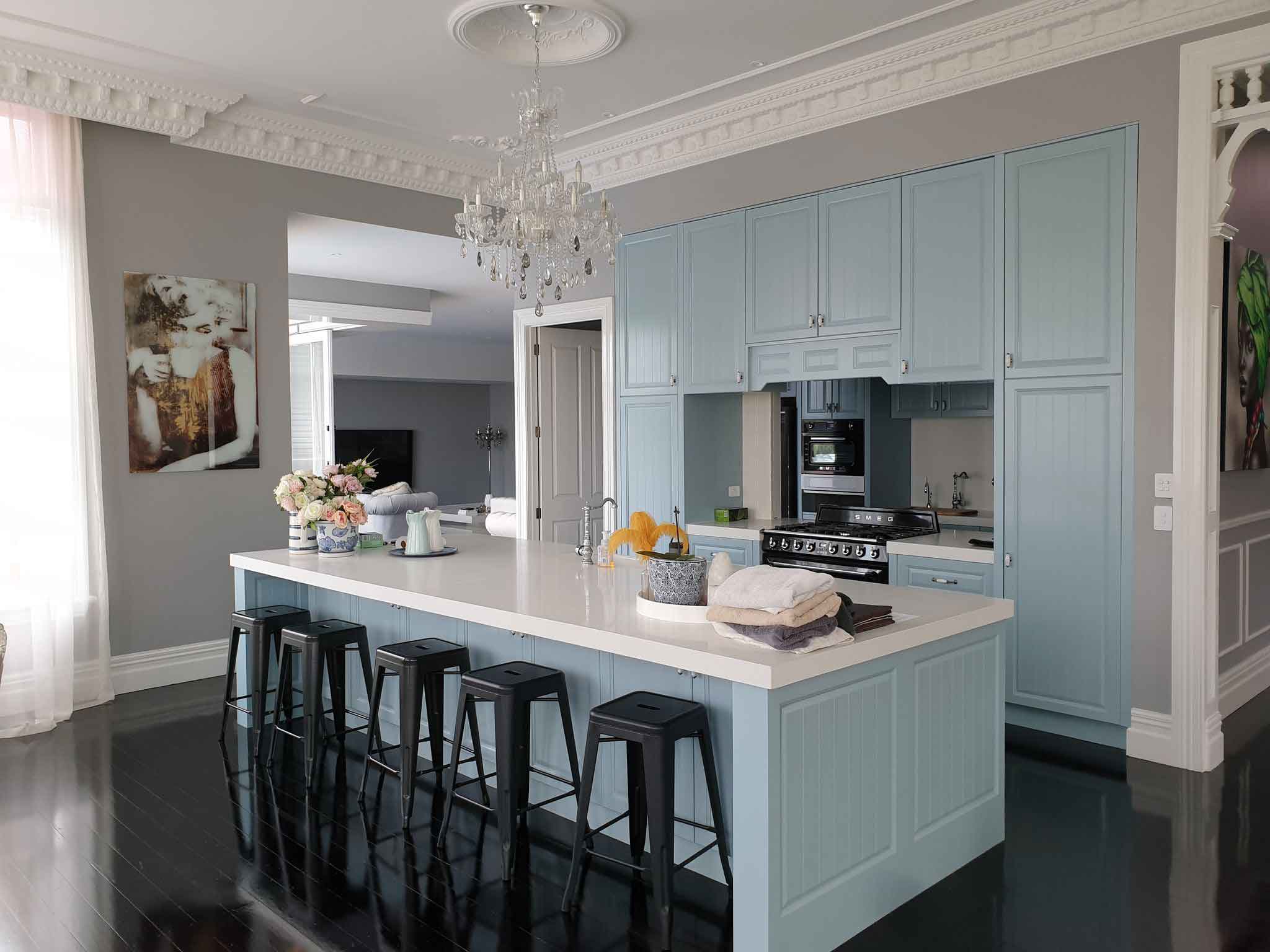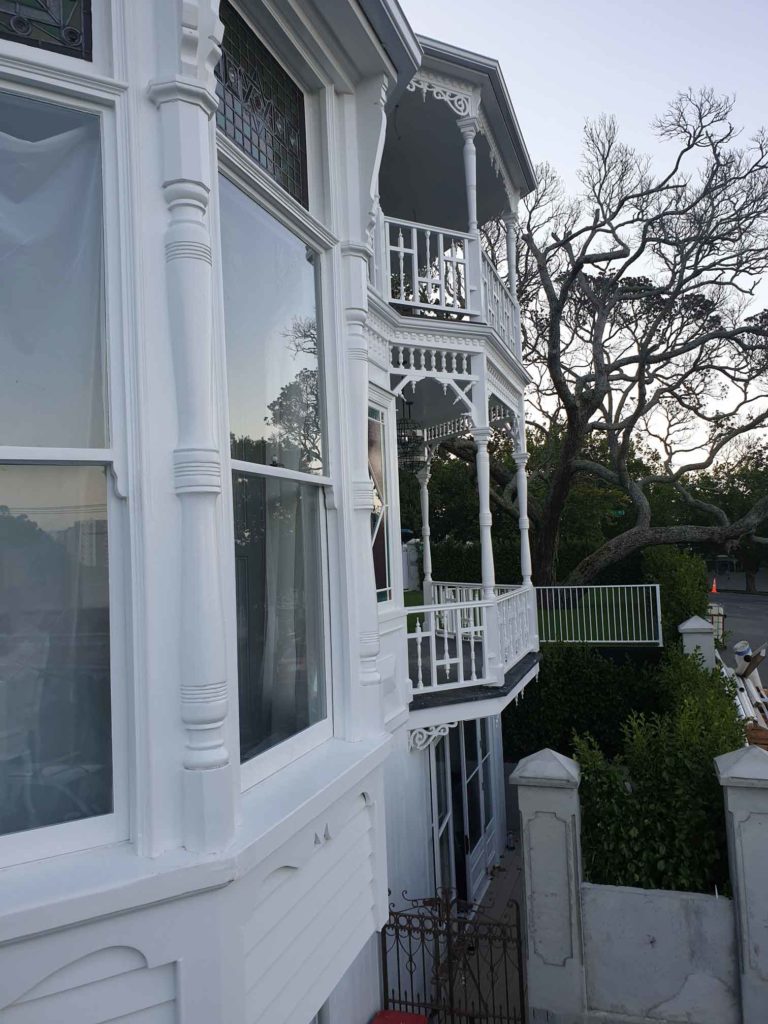Modern Ideas for House Renovations
Are you considering renovating your home? Modernising your house can breathe new life into your space, enhancing functionality, style, and comfort. In this guide, we’ll explore some innovative ideas to inspire your house renovation project and bring contemporary charm to your abode.
Open Concept Living:
Embrace the trend of open-plan living by removing unnecessary walls to create spacious, interconnected areas. Merge your kitchen, dining, and living spaces to foster a sense of flow and unity, perfect for modern family living.
Minimalist Design:
Simplify your interiors with minimalist design principles. Opt for clean lines, neutral colour palettes, and clutter-free spaces to create a serene and inviting atmosphere. Incorporate sleek, streamlined furniture and integrated storage solutions to maximise space and functionality. Natural timber as cladding and/or interior sarking is a good way to keep a minimalist design. Cedar is a great material to use to achieve this.
Natural Light Enhancement:
Maximise natural light by installing larger windows, skylights, or glass doors to flood your home with sunlight. Embrace bi-fold or sliding doors to blur the boundaries between indoor and outdoor living areas, creating a seamless transition and enhancing your connection to nature.
Luxurious Bathrooms:
Transform your bathrooms into spa-like retreats with luxurious fixtures, premium materials, and thoughtful design details. Consider features such as freestanding tubs, walk-in showers with rainfall showerheads, and elegant vanity units to elevate the comfort and style of your home. An effective modern design idea, uses a sleek and elegant primary tile for floor and walls, and then a beautiful feature tile as a splashback. Tile skirtings outside of the shower, is a cost effective way to carry the design and colour throughout the bathroom.
Outdoor Living Spaces:
Extend your living space outdoors with thoughtfully designed outdoor areas. Create inviting alfresco entertaining areas with outdoor kitchens, dining zones, and comfortable seating areas. Incorporate landscaping, water features, and mood lighting to enhance the ambiance and create a resort-like oasis in your backyard. Choose what sort of style of garden you want, whether it be tropical, mediterranean or formal gardens. This sets the tone and feel of your space and can whisk you away to somewhere far away or create a homely atmosphere.
Statement Features:
Make a bold statement with unique architectural features or design elements. Consider adding a statement staircase, feature wall, or striking lighting fixture to add personality and visual interest to your home. Creating a screen that doubles as a balustrade for internal stairs could go from floor to ceiling, made from nice natural timber such as cedar, oak or native rimu.
By incorporating these modern ideas into your house renovation project, you can create a stylish, functional, and inviting living environment that reflects your lifestyle and enhances the value of your property. Whether you’re updating a villa, bungalow or modernising a traditional home, embracing contemporary design trends can transform your space into a modern masterpiece. Contact us to find out more about how we can help with your house renovation in Auckland.




















